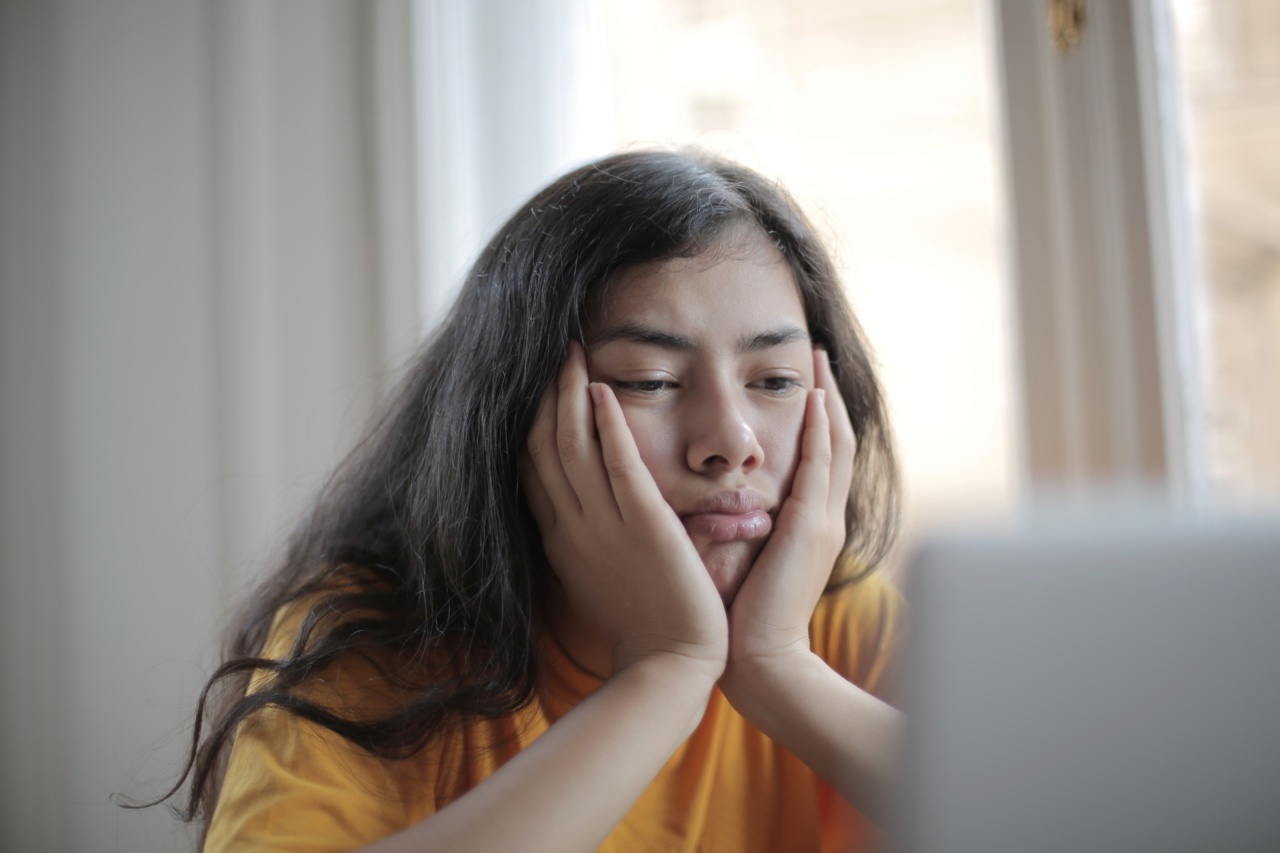Lazy eye, also known as amblyopia, is a common vision condition that affects both children and adults. It occurs when one eye develops a stronger connection with the brain, causing the other eye to become weaker and “lazy” in the process.
This condition not only affects the individual’s visual acuity but can also lead to problems with depth perception and coordination.
Traditional Treatment Methods
For many years, the primary treatment for lazy eye involved the use of an eye patch to cover the stronger eye. This forced the weaker eye to work harder, thus encouraging its development.
However, this method was often met with resistance from patients, especially children, due to discomfort and embarrassment.
Another common treatment option is the use of atropine eye drops, which temporarily blur the vision in the stronger eye. This encourages the weaker eye to become more active and assists in improving visual acuity.
While this method offers an alternative to eye patches, it may still cause discomfort and sensitivity to light.
The Revolutionary Approach
In recent years, a revolutionary treatment approach has emerged that has shown promising results in correcting lazy eye.
This approach leverages the advancements in technology and combines them with innovative techniques to achieve better outcomes for patients.
Virtual Reality (VR) Therapy
Virtual reality therapy is one of the cutting-edge techniques being utilized in the treatment of lazy eye. By immersing patients in a virtual environment, VR therapy stimulates the weaker eye and encourages its active participation in visual tasks.
This not only makes the treatment sessions more engaging but also enhances the effectiveness of the therapy.
Binocular Vision Training
Another key aspect of the revolutionary treatment for lazy eye is binocular vision training. This technique focuses on improving coordination and communication between both eyes, helping them work together more efficiently.
By training the eyes to coordinate and align properly, binocular vision training enhances depth perception and improves overall visual acuity.
Neurofeedback
Neurofeedback, also known as EEG biofeedback, is a technique that involves monitoring and training the brain’s electrical activity. This approach is gaining popularity in the treatment of various neurological conditions, including lazy eye.
By providing real-time feedback to the brain, neurofeedback helps rewire neural pathways and enhances the connection between the weaker eye and the brain.
Cognitive Training
Cognitive training plays a crucial role in the holistic treatment approach for lazy eye. This involves exercises and activities that improve visual processing, attention, and memory.
By stimulating different cognitive functions, cognitive training complements the other treatment methods and assists in maximizing the results.
Early Intervention
One of the key factors for successful treatment of lazy eye is early intervention. Detecting and diagnosing lazy eye at an early stage allows for prompt treatment, enabling better outcomes.
Children should undergo regular eye examinations, including comprehensive vision screenings, to detect any signs of lazy eye early on.
Benefits of the Revolutionary Treatment
The revolutionary treatment for lazy eye offers several advantages over traditional methods:.
1. Increased patient compliance: The use of virtual reality and other interactive techniques makes the treatment more enjoyable and enjoyable for patients, especially children.
2. Faster results: The combination of different treatment modalities accelerates the visual improvement process, leading to faster and more noticeable results.
3. Customized treatment plans: The innovative treatment approach allows for individualized treatment plans, tailored to the specific needs and condition of each patient.
4. Long-term benefits: The comprehensive and holistic nature of the treatment addresses not only visual acuity but also coordination and cognitive functions. This helps in achieving long-term benefits and reducing the risk of relapse.
Conclusion
The revolutionary treatment for lazy eye brings hope and better outcomes for patients struggling with this condition.
By leveraging virtual reality, binocular vision training, neurofeedback, and cognitive training, this advanced approach offers a more engaging, effective, and customized treatment experience. Early detection and intervention remain crucial factors in ensuring successful outcomes. With further advancements in technology and research, the future holds even greater possibilities for the treatment of lazy eye.






























